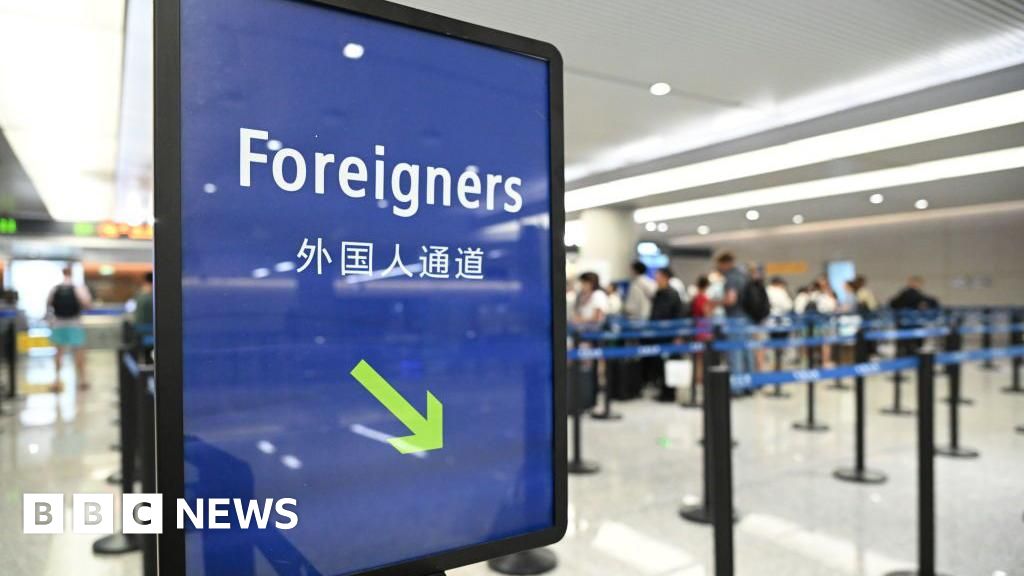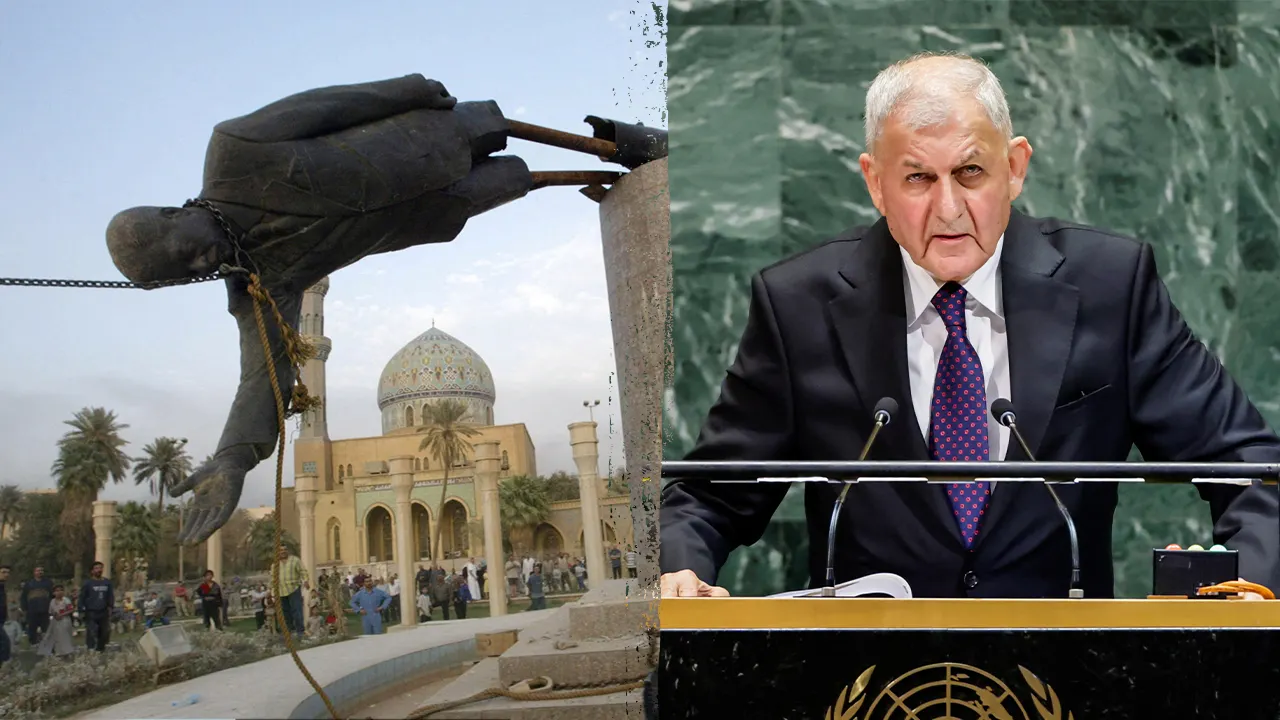By Fan Wang
Copyright bbc

What is clear is China is seizing the momentum as the US pulls back from its position as a top destination for international talent and visitors.
The official launch of the K visa – though the timing was set two months ago – coincides with the Trump administration’s sharp increase in application fees for the H-1B programme, a move that has sparked uproar in countries like India and China – two of the largest sources of skilled workers to the US.
This is just the latest step in China’s broader effort to attract foreigners to the country – whether for tourism, research or business.
As of July, China had visa exemption agreements with 75 countries to make visiting the country easier for foreign tourists. Its push to attract top academics has already led some high-profile scholars to leave US institutions and join Chinese universities.
“At a time when some countries are turning inward and excluding international talent, China has keenly seized this important opportunity and promptly introduced relevant policies,” the People’s Daily commentary reads.
But the initiative is not without its limitations, experts say.
The online backlash reflects a pattern of public scrutiny and criticism in China over what is perceived as preferential treatment for foreigners, according to Giulia Interesse, an editor at business intelligence platform Asia Briefing.
While discourse on social media may not fully represent public sentiment at large, the controversy highlights that “implementation is not only a matter of regulatory design, but also of public communication and domestic consensus-building,” she says.
Language is another barrier. Many researchers and academics who have left the US for China in recent years are ethnic Chinese and fluent in Mandarin.
But for foreign talent more broadly, communication with Chinese colleagues remains a challenge – one that both employers and employees will need to address.
The bigger concern, however, is whether foreign science and tech professionals can adapt to China’s tightly controlled political environment, says Stefanie Kam, assistant professor at Nanyang Technological University in Singapore.
“Creativity and innovation [flourishes] in an open and liberal climate as we see in cases in the US and many European nations. But with the current trajectory in China, we’re seeing the opposite,” she tells the BBC.
Whether or not these foreign professionals will “find that space for creativity innovation” in China remains a key question for those considering the move.



